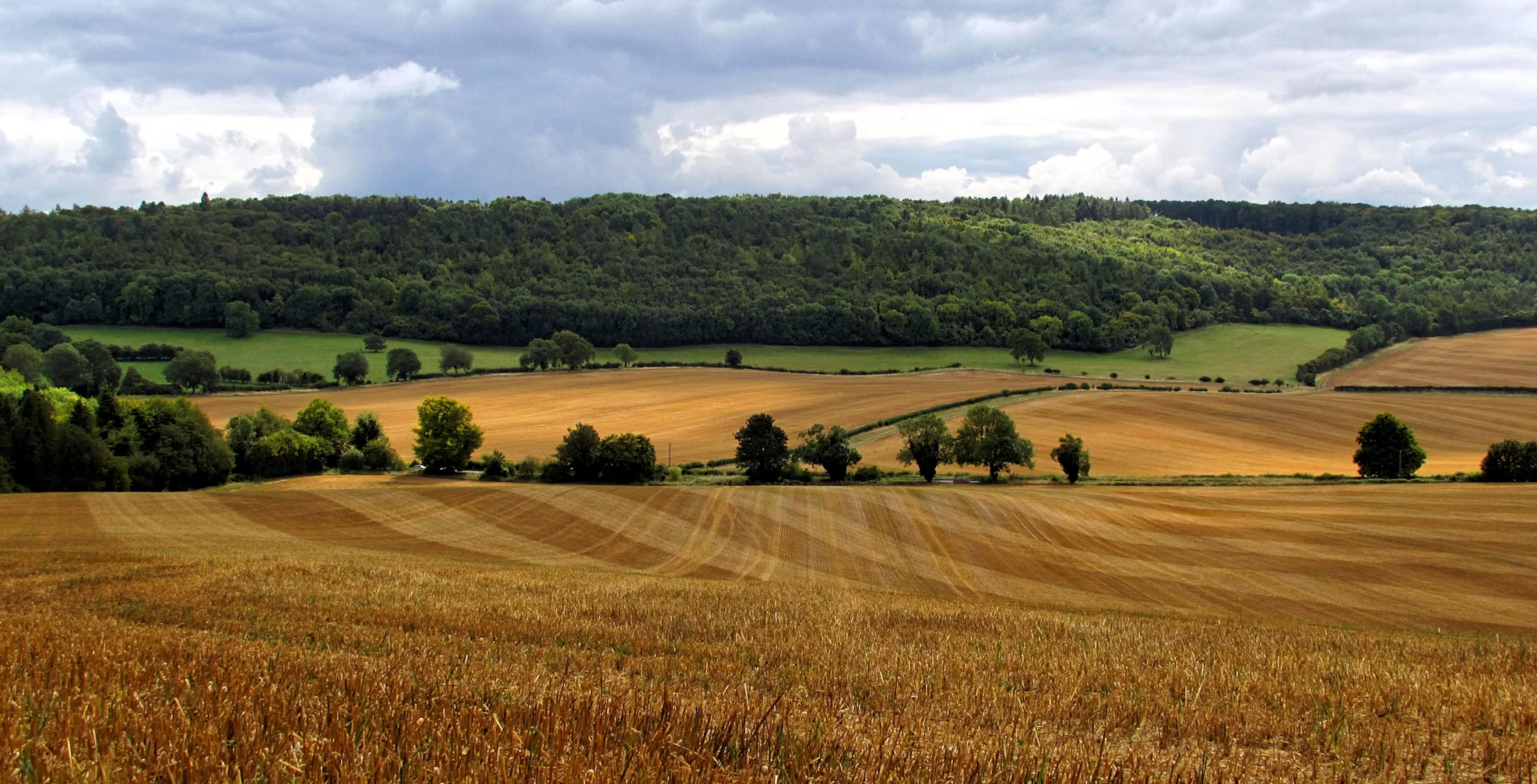6.1 Chapter Overview and Learning Objectives

Overview
In this chapter, we will first briefly define rural communities and why it is important to address them. We will explore how media representations of rural settings have whitewashed rural America and erased the realities and experiences of people of color living in those communities. Next, we will specifically discuss racially and ethnically diverse populations who live in rural settings, focusing on the ways and reasons in which these populations have historically been underserved and misunderstood. Key crime and justice issues within each highlighted population will be discussed as well. Finally, we will wrap up with an examination of racial and ethnic justice issues in rural communities worldwide.
Learning Objectives
- Analyze how geography, settlement patterns, and colonization have contributed to the demographic makeup of rural communities.
- Explain how the underrepresentation of racial/ethnic minority groups in rural communities in media and research has shaped perceptions of rural crime and justice.
- Examine issues of racial and ethnic justice, particularly regarding Black Americans, migratory and immigrant populations, and Indigenous populations, in a rural context.
- Compare and contrast issues of racial and ethnic justice in rural locations across the globe.
Key Terms
- Black Belt: once a term referring to rich black soil, it now refers to an area in the Southern region of the United States that consists of predominantly Black communities, primarily as a result of the history of slavery.
- Density of acquaintanceship: refers to the social connectedness of rural areas in which everyone knows each other.
- Environmental racism: a policy or practice that, intentionally or unintentionally, differentially affects or disadvantages people based on race or color (Bullard, 1993).
- Hate crimes: property or violent crimes that are motivated by bias, usually related to one’s actual or perceived identity regarding race, ethnicity, color, country of origin, religion, gender or gender identity, sexuality, or disability.
- Minstrel shows: early 19th-century American theater featuring white actors in blackface makeup who stereotyped Black people as entertainment.
- News deserts: communities where access to credible and comprehensive news coverage is non-existent.
- Rural: simply put, non-urban spaces with lower populations and lots of undeveloped land.
- Rural idyllic: the depiction of rural spaces as simple, wholesome, peaceful, and without crime.
- Social threat hypothesis: asserts that dominant groups in society may feel that their way of life is being threatened by disadvantaged groups and might take action to protect their power and the status quo.
- Urban encroachment: the spread of urban people and development to rural areas (may also be referred to as urban sprawl).
- Urbanization: movement of people from rural settings to cities and metropolitan areas that results in the growth of urban places.
- Urbanormative: the treatment of urban spaces as the normal and default locations of societal, research, and policy interest and attention.
Licenses and Attributions for Chapter Overview and Learning Objectives
Open Content, Original
“Chapter Overview and Learning Objectives” by Jessica René Peterson is licensed under CC BY 4.0.
Open Content Shared Previously
Figure 6.1. Photo by Magda Vrabetz is licensed under the Unsplash License.
simply put, non-urban spaces with lower populations and lots of undeveloped land

